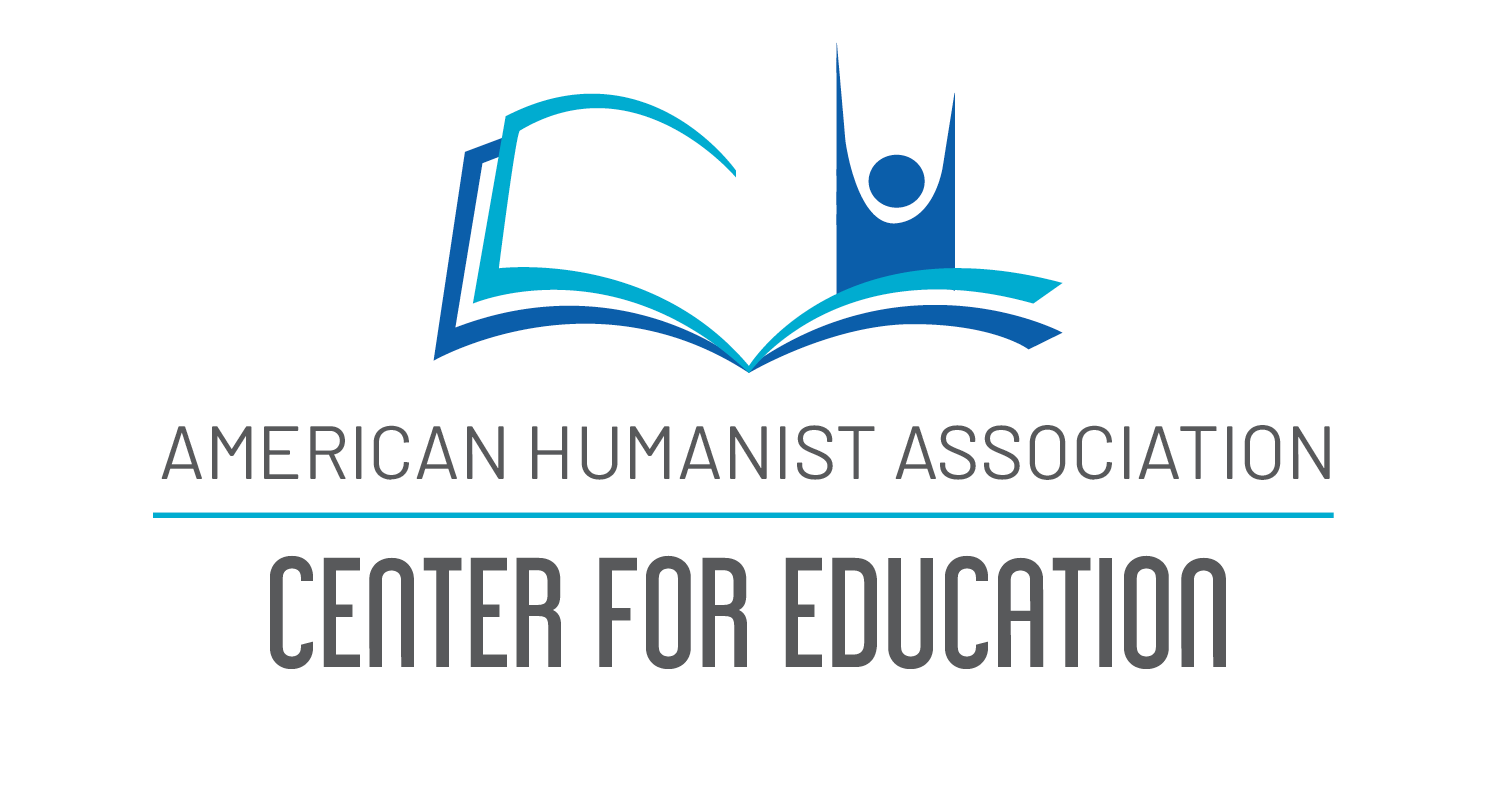Course Overview
Syllabus provided upon registration.
Course Description
There is not one single “Humanism,” but many. That is the fundamental assumption of this course, which seeks to explore a number of “Humanisms” which have arisen and flourished in different parts of the world and across time. Students new to Humanism will end the course with an appreciation of the core values of Humanism, and how they can be discovered and applied in different ways in different cultures. Students who already have a basic understanding of Humanism will deepen their appreciation of the worldview, learning how complex and variegated are the expressions of Humanism. The intent of the course is to broaden students’ understanding of what “Humanism” can mean, by complexifying traditional Humanist narratives and presenting lesser-known ones.
This course covers:
- Humanism Across Asia
- Humanism & Secularism in America
- Renaissance & Classical Humanism
- Indian Humanism
- Indigenous Humanism
- African & Black Humanism
Learning Objectives
Primary Course Learning Outcome:
Articulate the Humanist perspective of the student and a chosen Humanist individual or history—supported by appropriate sources—that each demonstrate an understanding of the variety of forms in which the core values of Humanism can be expressed.
Supporting Learning Outcomes:
- Describe how different forms of Humanism have arisen at different times and places.
- Articulate the common features that link different Humanisms together.
- Sketch the student’s own personal philosophy of Humanism, in relation to those studied.
- Analyze the student’s own and other articulations of Humanism.
- Reflect on the differences and similarities between Humanist experiences within the United States and globally.
- Apply the multiple histories of Humanism to the way we describe this worldview to others.
Prerequisites
None

